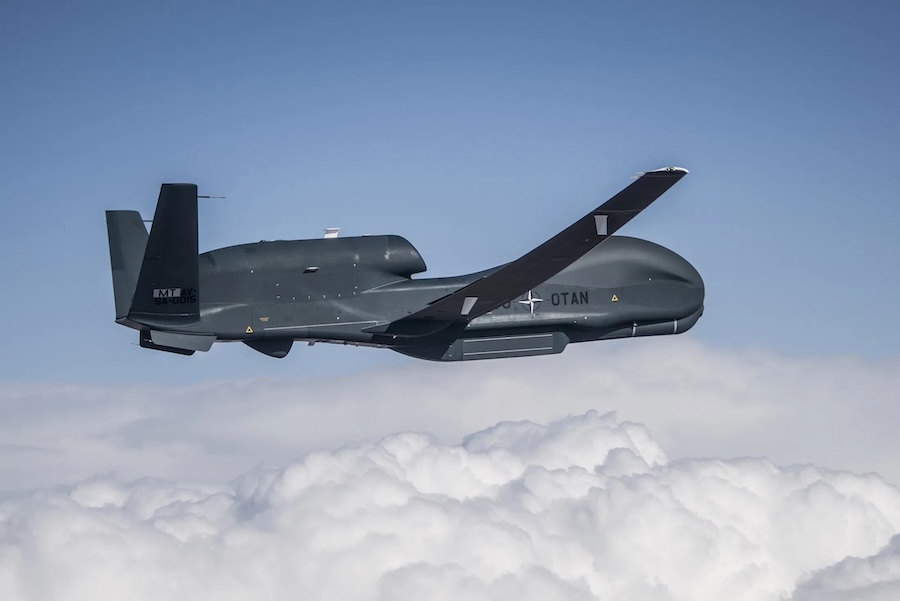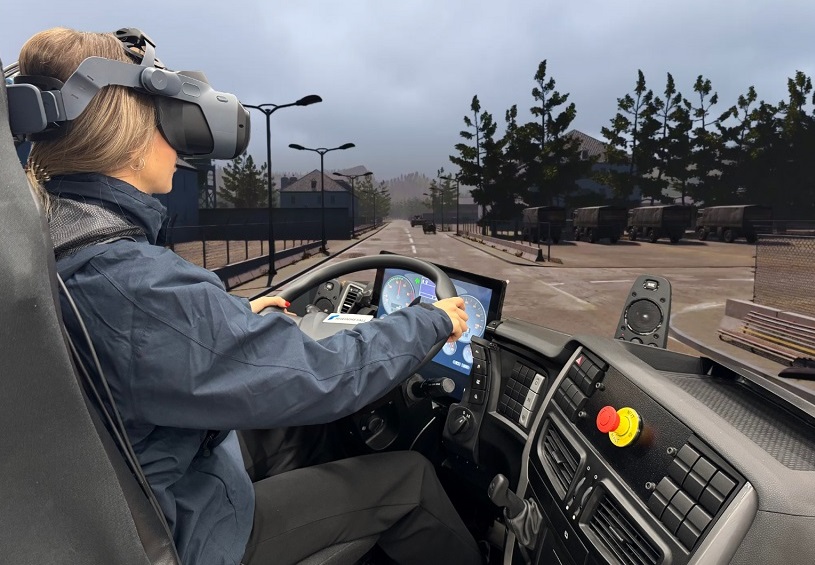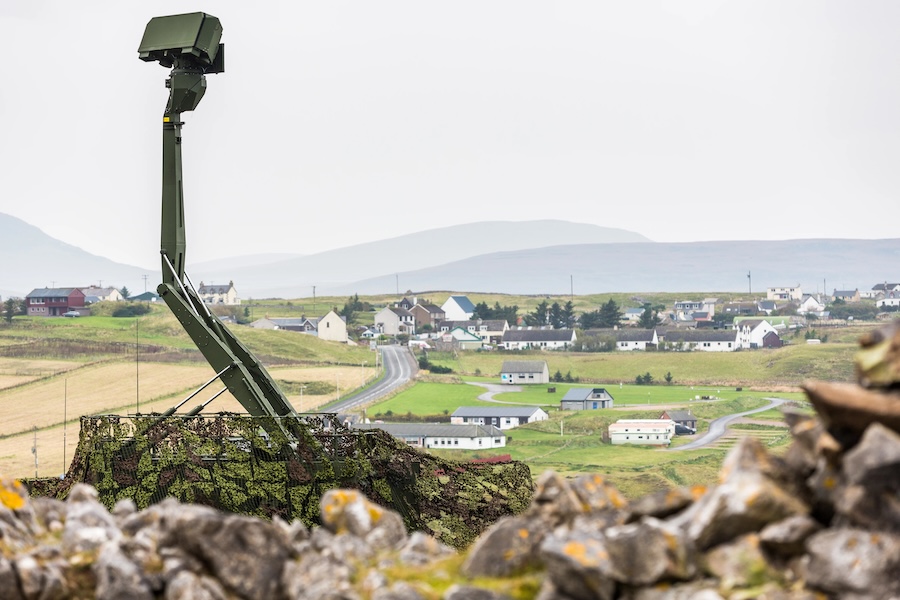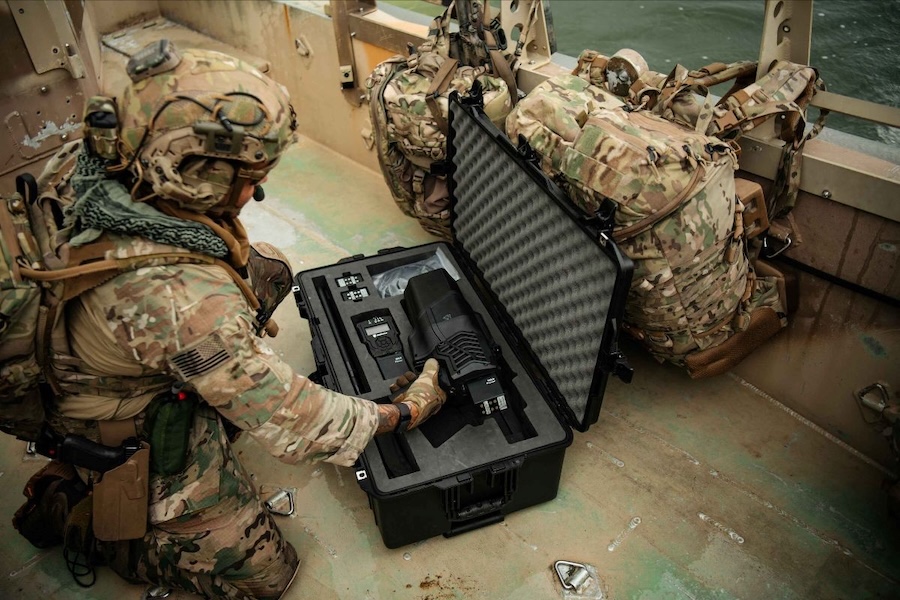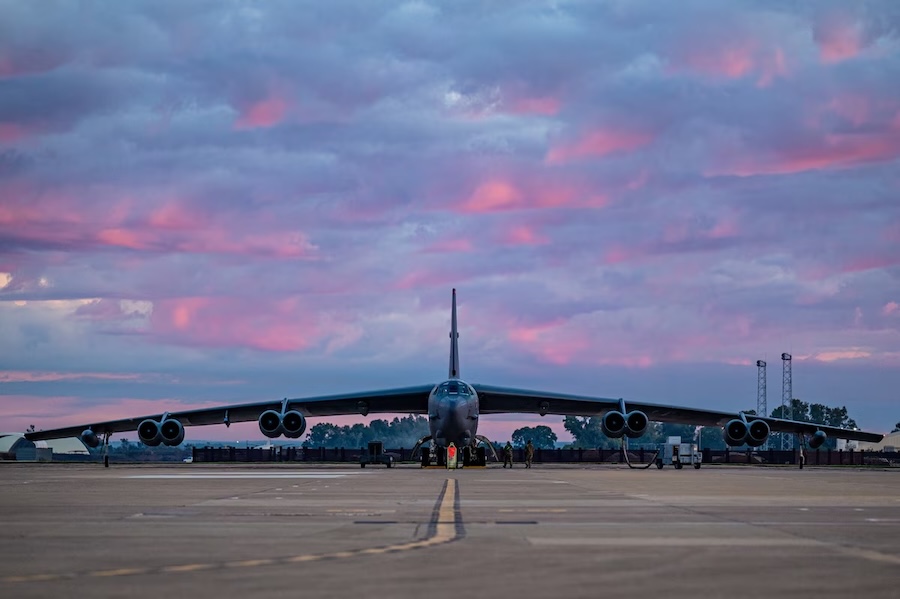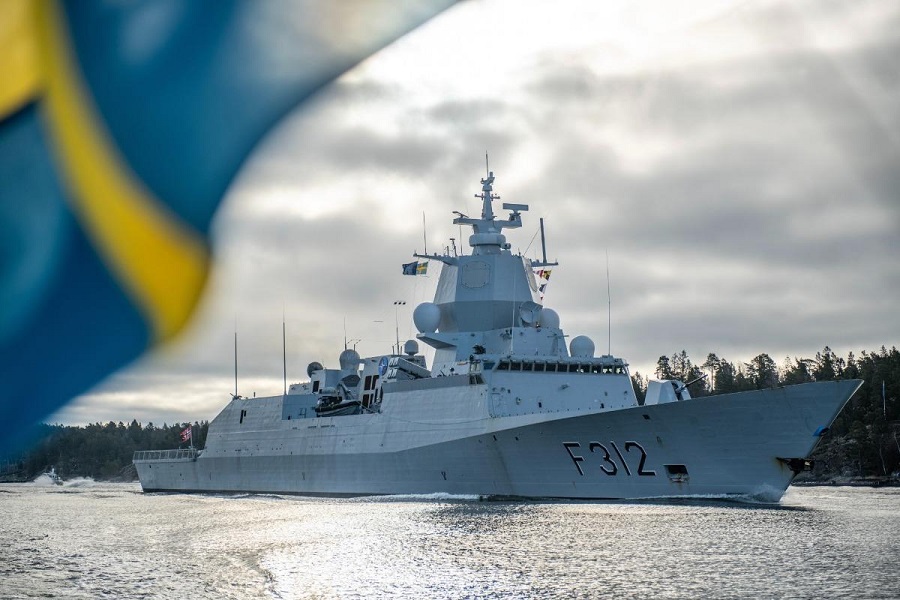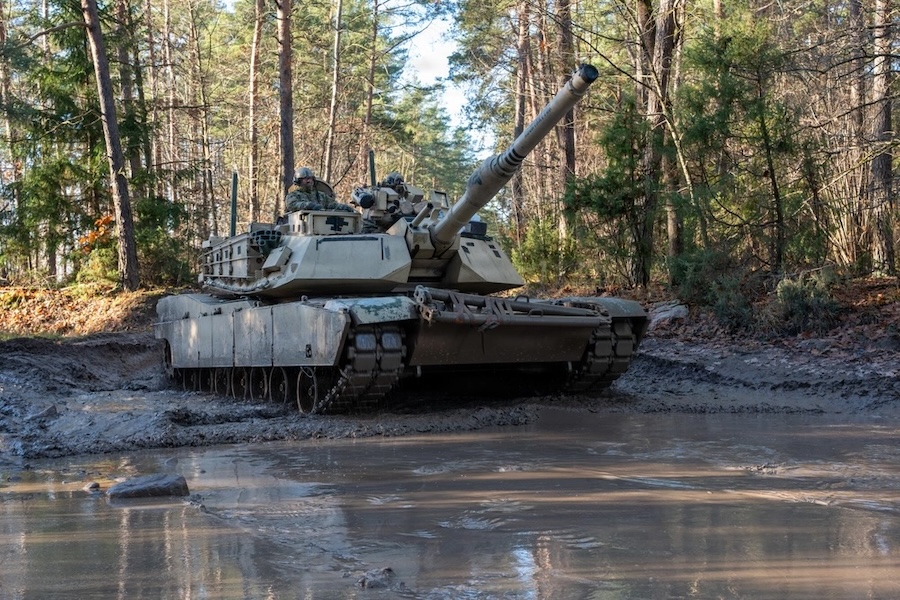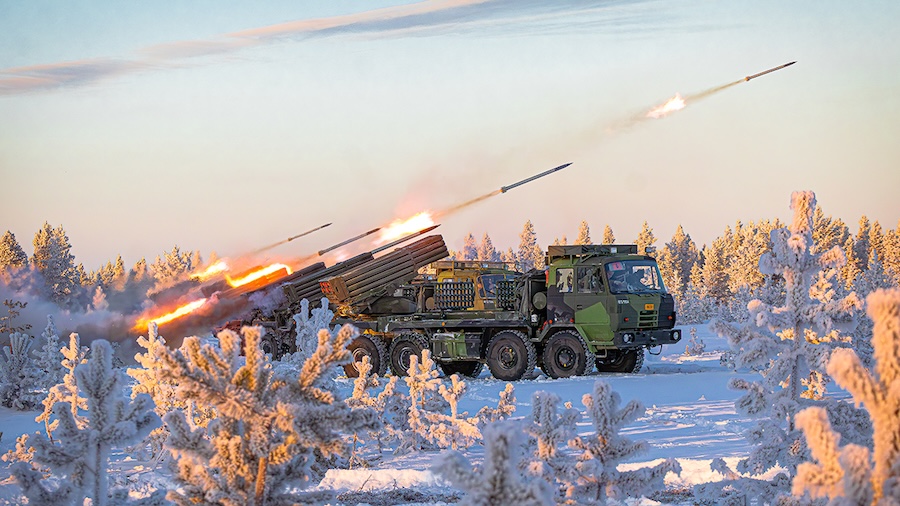For the first time, the battalion successfully conducted a live-fire test using entirely Army-operated sensors and shooters. The demonstration, held at White Sands Missile Range, New Mexico, showcased the capability to strike a moving surface target with precision, reflecting both the effectiveness of the MRC system and the readiness of its operators. This event followed weeks of intense training in fire team operations and system reloading.
Captain Michael Geissler, Delta Battery Commander, highlighted the test’s importance in enhancing the MRC’s strategic potential and building confidence among its operators. Among the standout contributors was Sergeant W. Teloh, who became the first U.S. Army Soldier to fire both the Tomahawk cruise missile and the Standard Missile-6 (SM-6). His expertise exemplifies the adaptability and excellence fostered within the unit, according to Lieutenant Colonel Ben Blane, the 5-3 LRFB Commander.
The Soldiers of the MRC crews are an elite group, chosen based on their exceptional skills and performance. They undergo extensive training, including advanced courses such as the Navy’s Tactical Tomahawk Weapon Control System program, ensuring their readiness to handle the Army’s most sophisticated systems. This rigorous preparation has helped the battalion set new benchmarks in capability and operational excellence.
In addition to precision fire demonstrations, the battalion showcased the mobility of the MRC by successfully loading the system onto a maritime vessel for the first time. This exercise, carried out with the assistance of Lockheed Martin engineers and the Military Surface Deployment and Distribution Command (SDDC) at the Port of Tacoma, underscored the Army’s ability to adapt land-based systems for rapid deployment in diverse environments, including coastal and amphibious operations.
Lt. Col. Blane noted the remarkable progress achieved by the battery in less than a year, emphasizing its role in providing innovative, rapidly deployable, and increasingly lethal solutions for theater commanders. As part of the Indo-Pacific-based 1MDTF, the battalion’s advancements enhance the Army’s ability to deliver long-range precision fires and effects, bolstering deterrence and combat readiness in strategically critical regions.
Source: U.S. Army.












